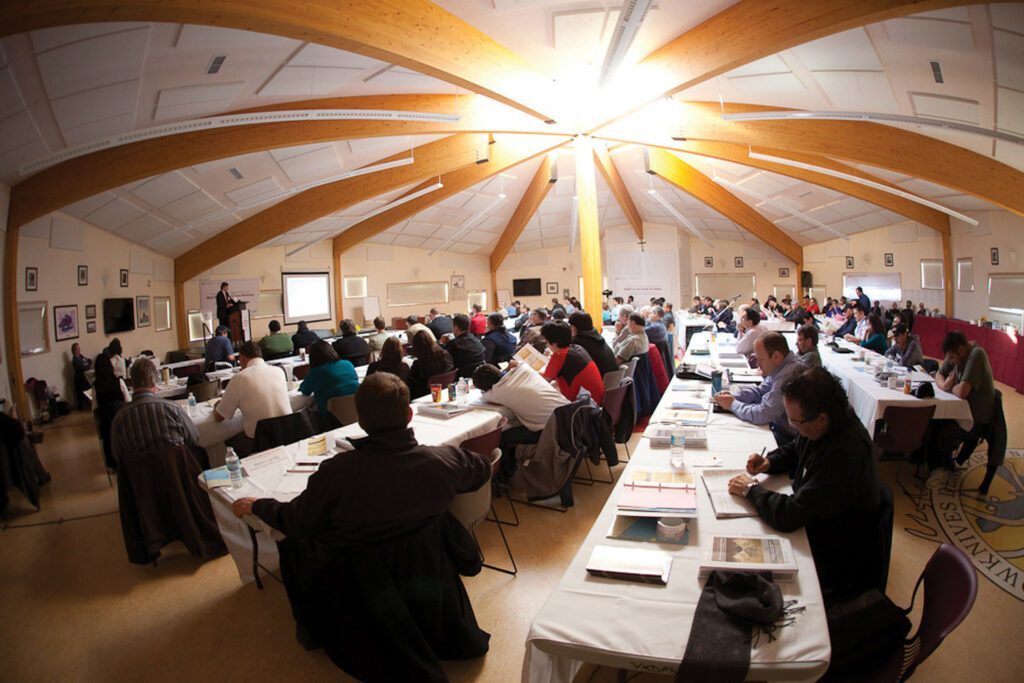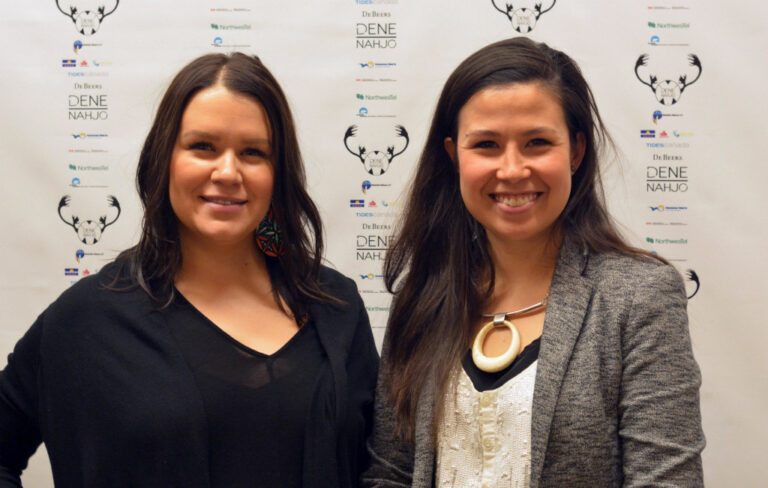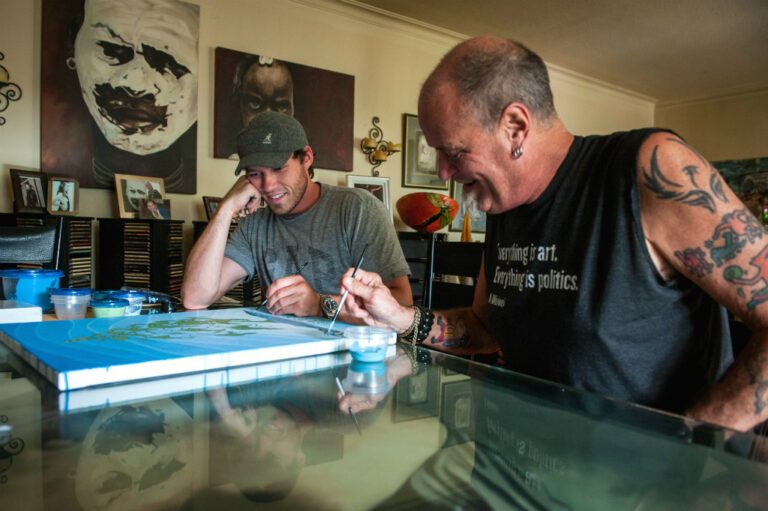Hotel tax could draw more convention dollars
by Jack Danylchuk
Here’s something you may have missed: National Tourism Week was May 14 to 21. It passed in Yellowknife without fanfare or even the usual ‘Fun in the Sun Golf Tournament,’ falling as it did in the still-chilly month of May instead of June.
But it didn’t pass without notice. Dave Ramsay, Minister for Industry, Tourism and Investment, issued a 222-word press release that said 70,000 people visited the Territory last year and spent $110 million.
That’s a fair return on the government’s $1.5 million annual tourism promotion budget, which is less than half of what the Yukon spends to attract visitors. High-flying business travellers, not rubber-tire tourists, accounted for half the money earned by the NWT tourism industry.
Yellowknife industry leaders think more travellers would come, with even more money, if the government spent just a bit more on advertising and promotion, especially in the lucrative convention sector, where the gravy is deepest and sweetest.
On the eve of National Tourism Week, delegates to the annual NWT Association of Communities met in Norman Wells to contemplate resolutions aimed at making life better. One delegate again asked for the Government of the Northwest Territories to grant municipalities the right to levy a hotel tax. It passed, but the details must be worked out with the government, which in the past balked when some communities opposed the tax.
“This time we’ve made it clear that the tax is optional,” says Jenni Bruce, president of the Yellowknife Hotel Association, noting the money would also stay in the community where it’s raised.
A two-per-cent room tax could give Yellowknife a half-million dollars a year to add sizzle to the city’s promotion budget. As part of this, the Hotel Association wants to open a full-time convention bureau, one that will actively shop the city’s charms to the world.
Bruce says the bureau would attend meetings where convention planners gather, and co-sponsor visits to Yellowknife so planners can see and experience the city and its facilities.
That does not mean lobbying for construction of a trade and convention centre. A City-commissioned study in 2002 examined this idea and “made it clear that if you build it, they will not come,” says Bruce, “at least not immediately.” Convention planners work four or five years in advance and it’s not entirely clear what factors influence them to choose one location over another.
Yellowknife will rediscover what it’s like to host a large-scale convention in mid-August when the Canadian Medical Association comes to town. Apart from the annual geo-sciences meeting, the CMA meeting is the first city-wide convention in Yellowknife since the Assembly of First Nations met here in 2006.
The Northern Frontier Visitors Centre has been putting the word out to Yellowknife tourism operators about the CMA meeting. The operators replied with more than a dozen offers of airborne tours, fishing trips, educational walks, kayaking expeditions, wilderness experience and golf, and CMA delegates have already booked a dozen or more tours to the Nahanni, Bruce says.
No one at the CMA headquarters in Ottawa knew exactly how Yellowknife made the association’s list. It might have been through the annual Canadian Society of Association Executives meeting where promoters pitch their locations as potential convention sites.
The CSAE meeting can produce two or three leads a year, says Bruce. Word-of-mouth has also proved effective, which adds importance to the CMA gathering. If the doctors have a good time here, they might be inclined to share that experience with others.
There is other business out there. Bruce thinks that with a convention bureau drumming up business, the city could get another half dozen city-wide conventions that take up most or all of the 700 available hotel rooms, and many more smaller meetings.
Convention delegates tend to arrive two days early and linger for three days after. Each one would leave up to $1 million of what Bruce calls ‘new money’ with the city’s service industry.
There is a lot of interest in the North, stoked by talk of climate change, sovereignty, and popular media – Ice Road Truckers, Ice Pilots, says Bruce, and a convention gathering is an opportunity to mix business with pleasure and explore a remote corner of Canada.







